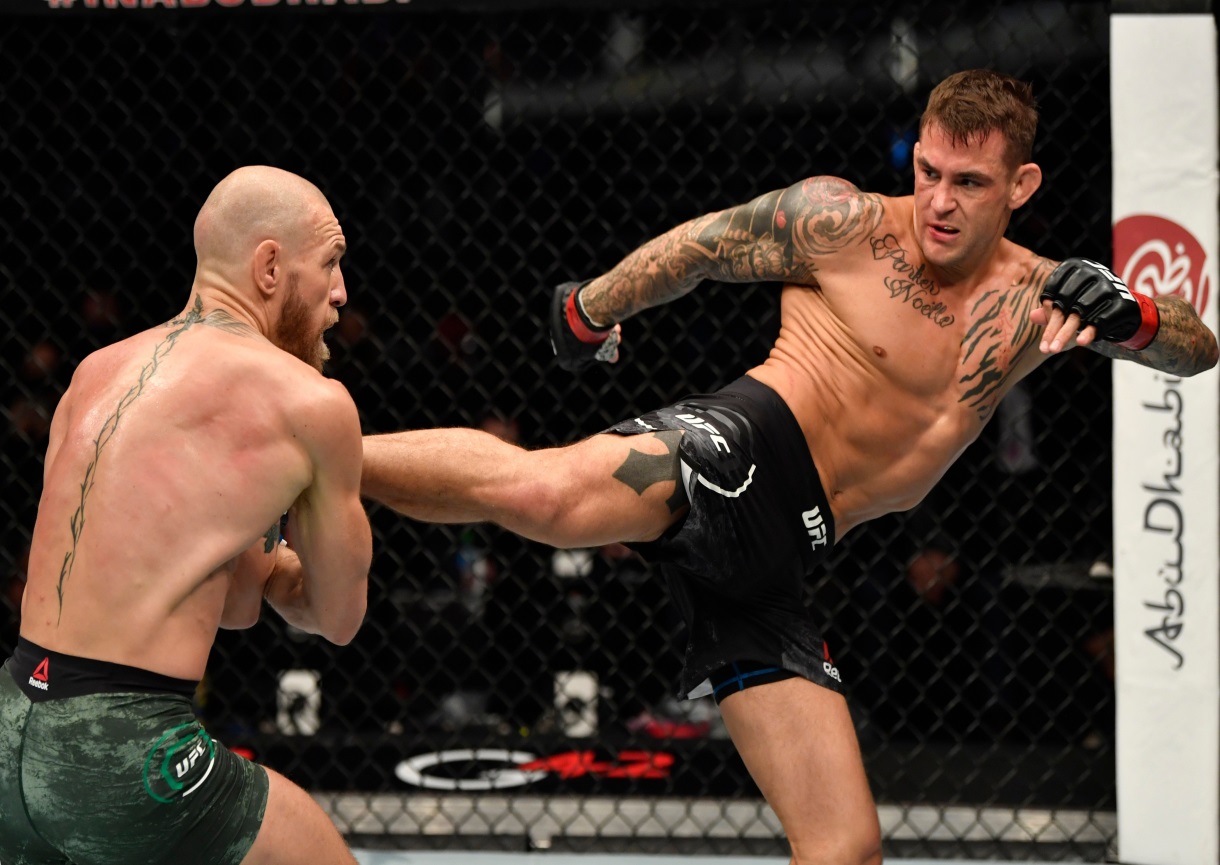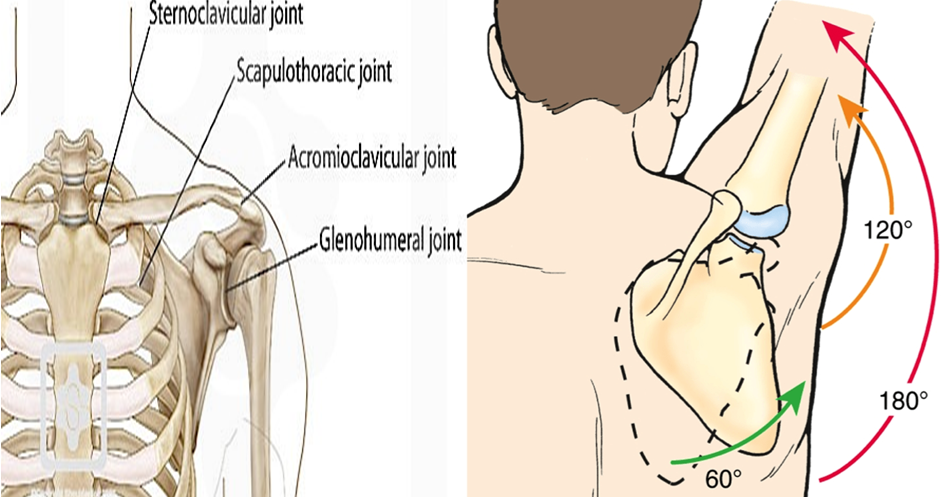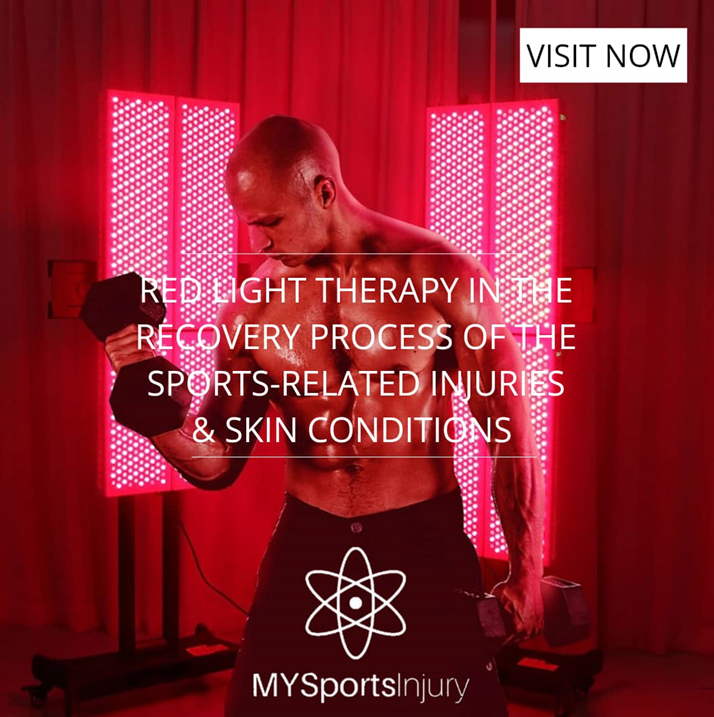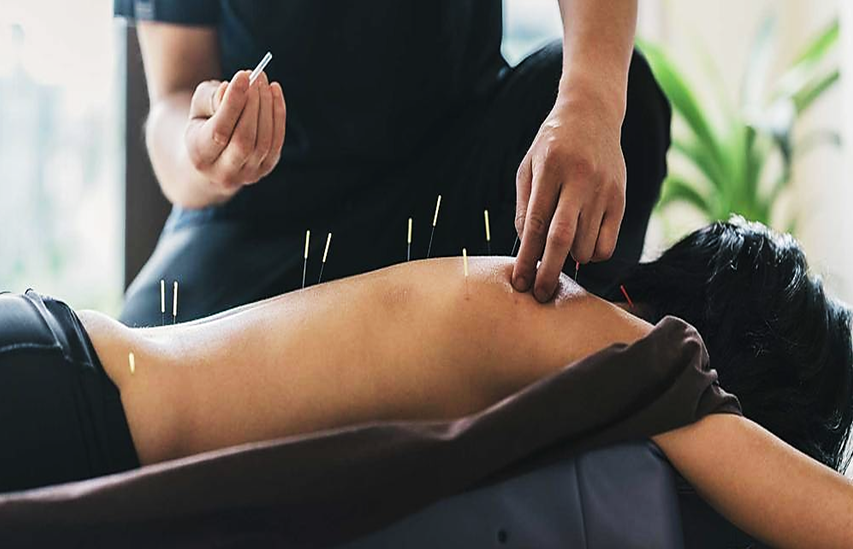Sports Physiotherapy scope to treat and prevent baseball injuries.
On some occasions, there are game situations where the professional baseball players suffer a muscle injury or slight pain, due to impacts/ trauma with other players, wild pitches (when the batter is hit by a ball thrown by the pitcher) or collisions with fences, etc. Sports physiotherapists / physical therapists / sports massage specialists, who work with the teams, must always be very attentive to any situation. They are the specialists in their area and responsible for the physical health of the players, but the most important thing is that they must always keep the manager and pitching coach posted of the physical condition of the players and pitchers. Cricket is also known as a sport that has similar strains injuries to baseball due to its very similar body movement patterns across game situations i.e. hamstring strains can be the result of many different actions like running between wickets, fast bowling. In general, hamstring strains are yielded by rapid direction changes and “out of the blue” movements. Cricket players are predisposed to sustain strains owing to the fact that they are standing still for a long time before sprinting, and in other positions the strains are caused as a result of overuse. “According to stats acute-on-chronic rated 16% to 22.8%, on the other hand, chronic injuries accounted 8% to 22%, but acute ones are the most common reaching 64% up to 76%. The most frequent injury in modern cricket is hamstring strain, and the most serious is the stress fracture of the lumbar spine in young fast bowlers.” Dinshaw N Pardiwala et la (2018).
During the baseball season there are a certain number of injuries, which, treated properly and on time, are quickly eliminated. There is an invariable rule that must be followed when these appear. If the injury is of a minor nature and the sports physiotherapist, coach or manager is qualified to treat it, they must do so and, if not, the injured elite baseball player / big leaguer must be onward referral to a specialist physician. My sports injury clinic is a rehab Centre located in Manchester city which offers high-end sports massages treatment options and allows every individual live pain / limitations free. In this article you are about to find every baseball related injury and how physical therapy / manual therapy / sports massages help to deal with them and avoid them.
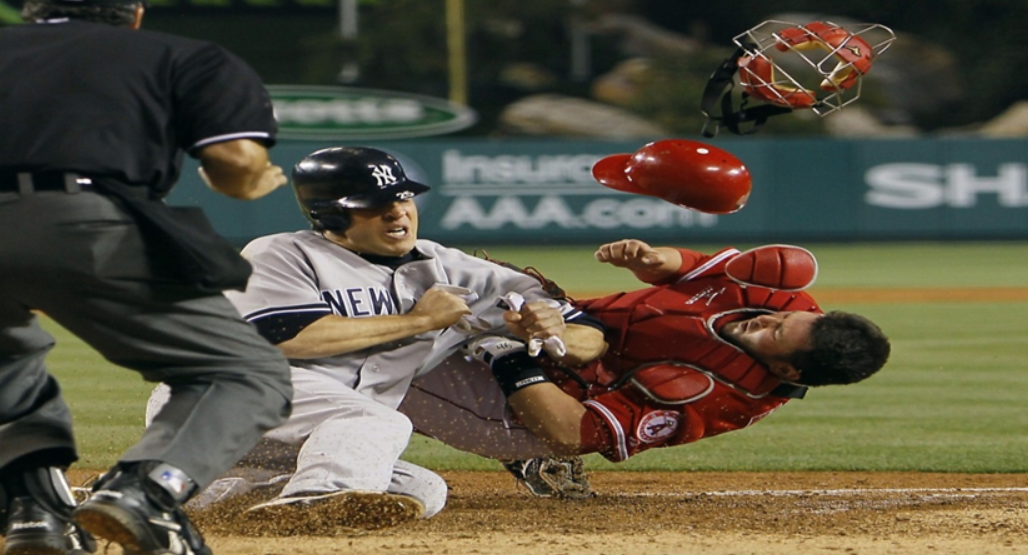
What are the baseball positions that most predispose to a high incidence rate of suffering an injury? - How often do baseball related injuries occur?
“Qualifying criteria of the study, to be a pro baseball player in the Major Leagues (MLB), the American sport journal of sports medicine reported that it was observed that the players’ average put on the DL (it means disabled list) was high reaching a figure of 438.9 per each year/ season. The results of the study showed that of every 1000 (AE) athlete exposures, 3,61 of them got injured and were included on the list. There was not any variance between (NL) national league and the (AL) American league regarding injury rate. Statistically, the overhead throwing positions as Pitchers were more prone to suffer injuries obtaining a concurrence rate of 34% comparing field players. Also, it was found that upper body injuries represented a figure of 51.4% while lower limb injuries reported 30.06%. Spine and core muscle tissue injuries estimated for 11.7%, and other injuries and diseases represented 6.3% of the total number of the incoming injured players on the list. Overall, 55.6 days was the average of the players within that list.” Issued by Matthew Posner et la (2011).
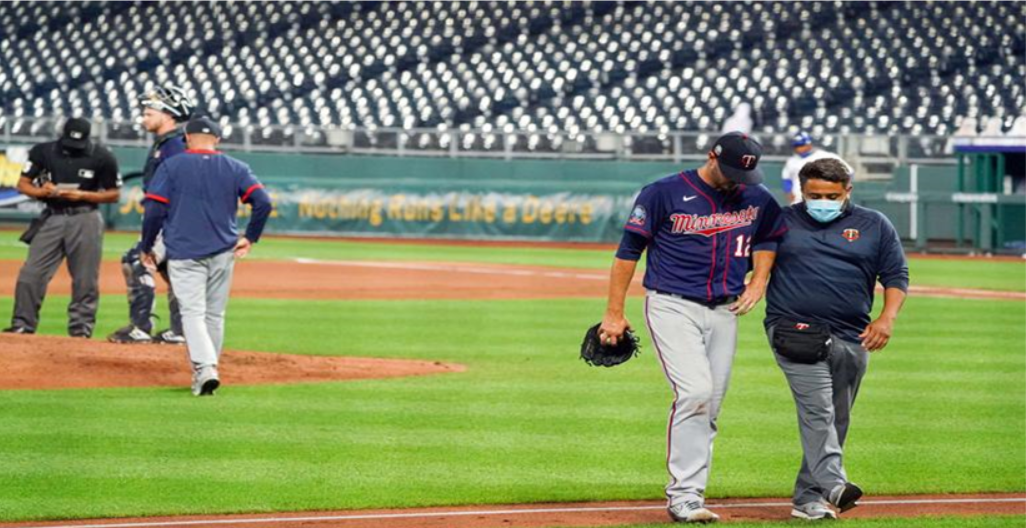
The different types of injuries and the correct way to treat them will be described below, what are those kinds of injuries?
- Muscle aches; improve your physical condition, start the work from low to high and increase it as your body feels able to do it with more intensity. Rest, heat treatments and sports massages are advised, as the case may be. The player must take the heat treatment and sports massages methodically, but never without stopping training, although decreasing the intensity of the work, while the muscular pains last.
“The repeated throwing and hitting moving patterns in baseball put mechanical stress on the lumbar spine, which may yield into (LBP) low back pain. A current finding displayed that more of 70 percent of abdominal muscle core strains take place on the opposite side of the dominant pitching side. Numerous stabilisation schemes and core stretching programs turned out to be effective to treat LBP reaching up to 80% of success i.e. it’s essential to know that these kinds of rehabilitation treatments must be performed by qualified sports massage practitioners / physical therapy clinicians / competent and responsible physiotherapists.” Stated by Joseph G. Wasser et la (2017).
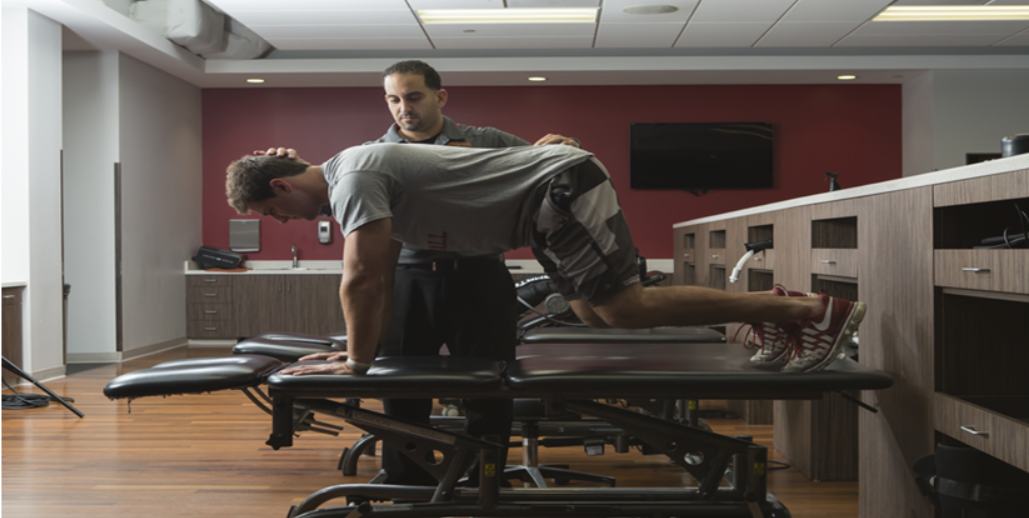
- Throwing arm pain; rest is the best medicine, accompanied by heat treatments in any form: diathermy, hot packs, sports massages, etc. Maintaining the treatment until the pain disappears completely. Rest should only be for the throwing arm, because any attempt to work on the arm will aggravate the injury. Bursitis, rotor and shoulder muscle injuries, in addition to elbow pain (Tommy John injury), should be treated by a specialist doctor, since they are serious injuries, cause a lot of pain, they demand special care and at the end surgical procedures is the best management option.
“Baseball pitchers’ arm injuries are common at every tier of the sport due to the inclusion of professional pitchers on the handicapped list, an estimated annual loss record of $500 million. Moreover, throwing arm injuries in baseball reported to be almost 50% of all kinds of disabilities in the big show, 25% of the whole throwing injuries were arranged as grave in college athletes” Cristine E. Agresta et la (2019).
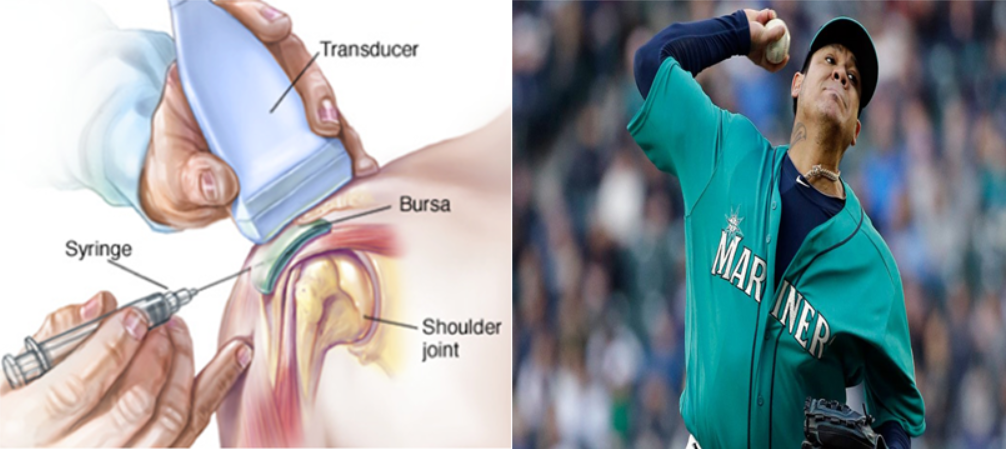
“According to reports, four professional pitchers suffer from resistant shoulder or bursa bursitis and require surgical removal of the thickened bursae. The average duration of symptoms before the surgery approach was 18.8 months. Conservative treatments include shoulder exercises, rest, deep tissue massages, manual therapy, NSAIDs, sports physiotherapy and cortisone jab. These were not enough to relieve pain and solve the bursitis problems so non-conservative process had to be involved. Resistant scapular bursitis should be surgically removed.” By D J Sisto, F W Jobe.
“The recovery time for mild bursitis is nearly 14 - 21 days if it is treated with sports physiotherapy/ physical manual therapy and the recovery time for the surgical operation of this injury is approximately 48 - 54 days” Published by the official website of MLB.
- Charley horse; it is the tearing of the fibers of the muscular tissues, breaking of blood vessels, due to a violent contraction of one or more muscles. As soon as this injury is reported, the first thing to do is to make sure if it is truly a charley horse and if so, immediately proceed to an application of ice for thirty minutes to constrict the blood vessels and eliminate the possibility of an internal spillage of blood. Rubbing the ice on the damaged part eliminates the pain. After ice, any form of heat can be used. Gentle, slow, rhythmic massages / sports massages / sports physiotherapy lasting 15 to 20 minutes, together with rest, is what will help the player to recover completely.
“Exercise related muscle cramps also known as charley horse is described as spasmodic, painful, and non-voluntary shrinkage of musculoskeletal tissue that happens immediately after the exercise / routine or during sporting competition. Stats displayed that there is a high evidence of incidence amongst elite athletes that play endurance sports. Charley horse most efficient primary treatment methods are passive stretching indicated by sports physiotherapy and rest. The key to preventing Charley horse is to diminish premature muscle fatigue’s risk.” Pointed out by Malcolm Collins et la (2008).

- Other injuries, baseball players can sustain and present symptoms of diseases of a respiratory, lumbar, neurological, visual, allergic nature and infectious processes of the skin or feet, as well as with bone-type ailments. Neurological problems, body misalignment and muscle pain may be treated by sports physiotherapists perfectly. Conversely, in severe cases must be referred by the sports clinicians and authorised personnel, to a specialist doctor.
“Superior labrum anteroposterior lesions, proximal humeral epiphysiolysis, rotator cuff dysfunction and glenohumeral instability are some common injuries stemmed by the practice of baseball in young athletes due to skeletal immaturity, inadequate of throwing arm movements, fatigue and overuse.” Brian J Krabak and Jason L Zaremski (2012).
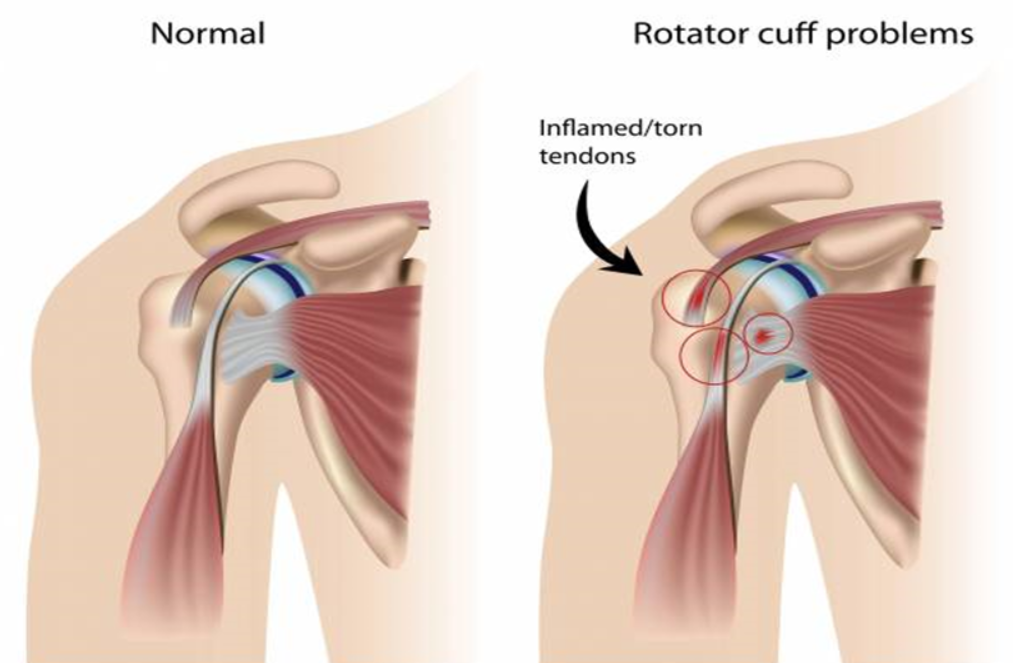
Can truly physical therapy / sports massages / manual therapy assessment and treatment procedures provide relief in baseball related injuries / disabilities recovery?
“Baseball players who exhibit insufficient shoulder range of motion (ROM) have an increased risk of arm injuries. As a matter of fact, there is a paucity of evidence what the best treatment choice for this injury is in order to allow the shoulder’s range of motion be wholly competence, so, here it’s the thing.
What’s the relevancy of stretching and manual therapy / sports physiotherapy in baseball?
Compared with stretching alone, the manual therapy alongside self-stretching function meaningfully minimise the risk factors of ROM for baseball players with limited arm motion. Other manual therapy’s benefits are that sports manual therapy can support to play down ROM deficiency in clinical scenarios where stretching has not been effective at all.” Ellen Shanley et la (2017).
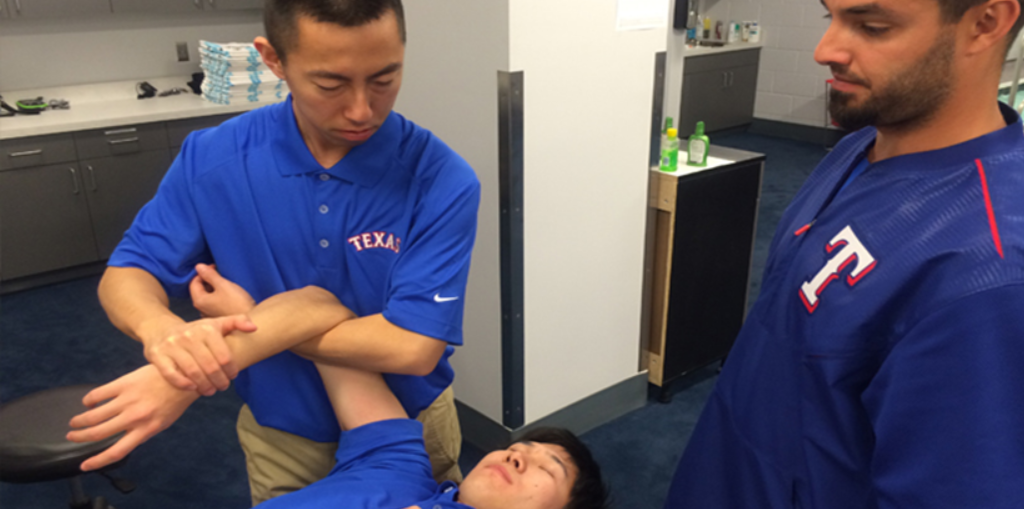
“Repeated overhead throws place huge demands on the shoulder joints of overhead throwing athletes. Therapist practitioners, sports clinicians, sports physiotherapists, manual therapy practitioners and medical staff are responsible for steadiness and mobility stabilisation to maximise and achieve the required physical performance.” Cited from the study of Omidreza Jalali et la (2018).
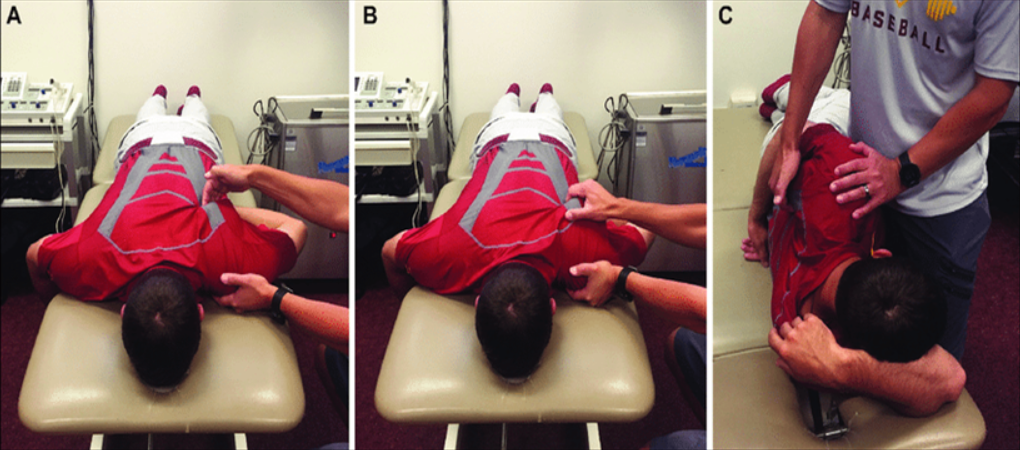
REFERENCES
- Posner M, Cameron KL, Wolf JM, Belmont PJ Jr, Owens BD. Epidemiology of Major League Baseball injuries. Am J Sports Med. 2011 Aug;39(8):1676-80. doi: 10.1177/0363546511411700. Epub 2011 Jun 27. PMID: 21709023.
- Wasser JG, Zaremski JL, Herman DC, Vincent HK. Assessment and rehabilitation of chronic low back pain in baseball: part II. Res Sports Med. 2017;25(2):231-243. doi:10.1080/15438627.2017.1282362.
- Wasser, Joseph G et al. “Assessment and rehabilitation of chronic low back pain in baseball: part II.” Research in sports medicine (Print) vol. 25,2 (2017): 231-243. doi:10.1080/15438627.2017.1282362.
- Agresta CE, Krieg K, Freehill MT. Risk Factors for Baseball-Related Arm Injuries: A Systematic Review. Orthop J Sports Med. 2019;7(2):2325967119825557. Published 2019 Feb 25. doi:10.1177/2325967119825557
- Sisto DJ, Jobe FW. The operative treatment of scapulothoracic bursitis in professional pitchers. Am J Sports Med. 1986 May-Jun;14(3):192-4. doi: 10.1177/036354658601400302. PMID: 3752357.
- Schwellnus MP, Drew N, Collins M. Muscle cramping in athletes--risk factors, clinical assessment, and management. Clin Sports Med. 2008 Jan;27(1):183-94, ix-x. doi: 10.1016/j.csm.2007.09.006. PMID: 18206574.
- Bailey LB, Thigpen CA, Hawkins RJ, Beattie PF, Shanley E. Effectiveness of Manual Therapy and Stretching for Baseball Players With Shoulder Range of Motion Deficits. Sports Health. 2017 May/Jun;9(3):230-237. doi: 10.1177/1941738117702835. Epub 2017 Apr 12. PMID: 28402756; PMCID: PMC5435155.
- Zaremski JL, Krabak BJ. Shoulder injuries in the skeletally immature baseball pitcher and recommendations for the prevention of injury. PM R. 2012 Jul;4(7):509-16. doi: 10.1016/j.pmrj.2012.04.005. PMID: 22814728.
- Stone, Michael & Jalali, Omidreza & Alluri, Ram & Diaz, Paul & Omid, Reza & Gamradt, Seth & Tibone, James & Weber, Alexander. (2018). NONOPERATIVE TREATMENT FOR INJURIES TO THE IN-SEASON THROWING SHOULDER: A CURRENT CONCEPTS REVIEW WITH CLINICAL COMMENTARY. International Journal of Sports Physical Therapy. 13. 306-320. 10.26603/ijspt20180306.
